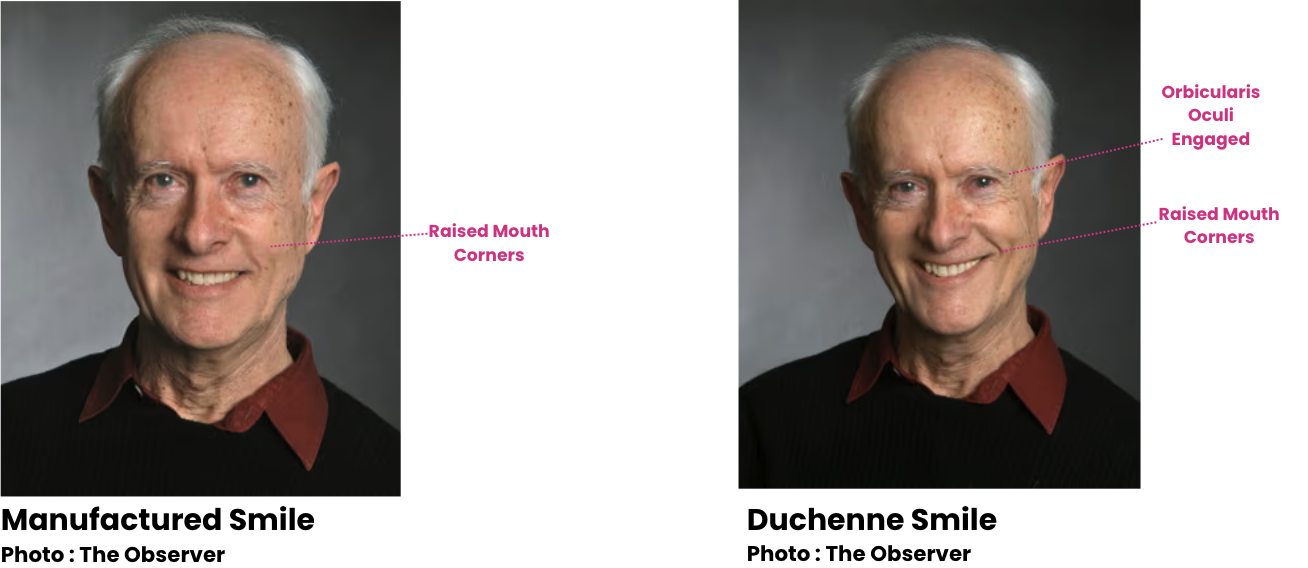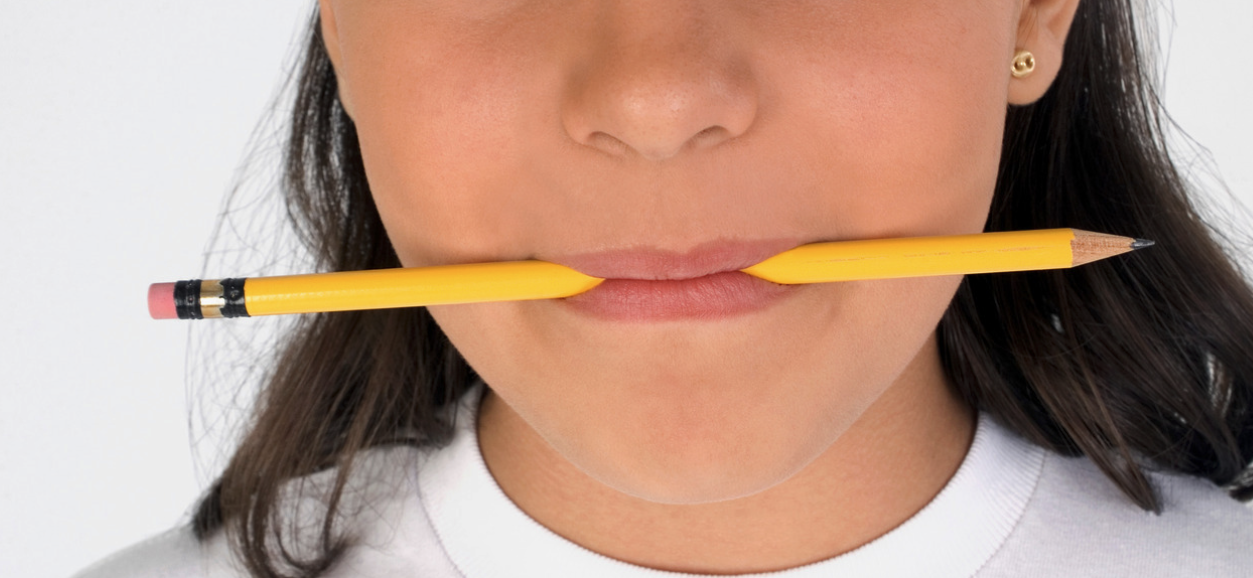
…when an inner situation is not made conscious, it happens outside, as Fate
Carl Jung


UUnlike universal facial expressions, hand gesture interpretations vary significantly between different cultures and throughout various parts of the world. However, depending on the environment or setting, most hand gestures convey a certain level of meaning. For instance, a thumbs-up is usually a nonverbal affirmation of approval. Its inverse, a thumbs down, is generally viewed as an expression of disapproval. While in America, single-finger beckoning is typically at worst playfully naughty and at best totally innocent, use of this hand gesture should be avoided completely in the Philippines. It is explained that in Philippine culture, this gesture is how people summon dogs (or animals in general). Therefore, to direct it at a person would be very insulting, demeaning, or extremely rude. So much so that people have found themselves arrested because of it. It isn’t just the Philippines. Cultures within Slovakia, East Asia, and Singapore perceive the same message. During each of these instances of communication, we are reaffirming or contradicting our trustworthiness, friendliness, and non-threatening nature, all of which go a long way in helping us develop relationships with other people.

Getty Images


A a pencil or pen in your mouth can re-direct your mindset
Carinda is one of the founders of mindscapeventures and is your specialist in business behavioral profiling.